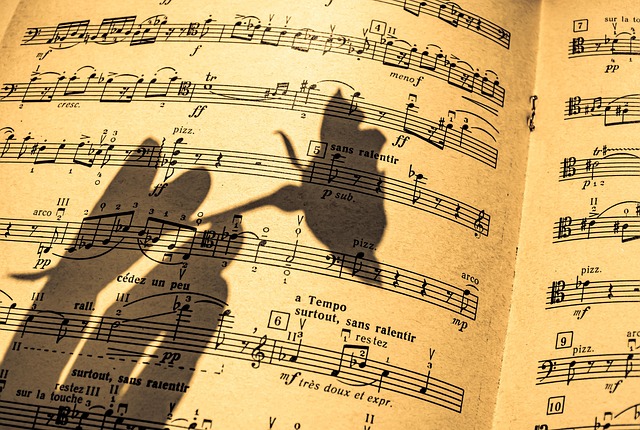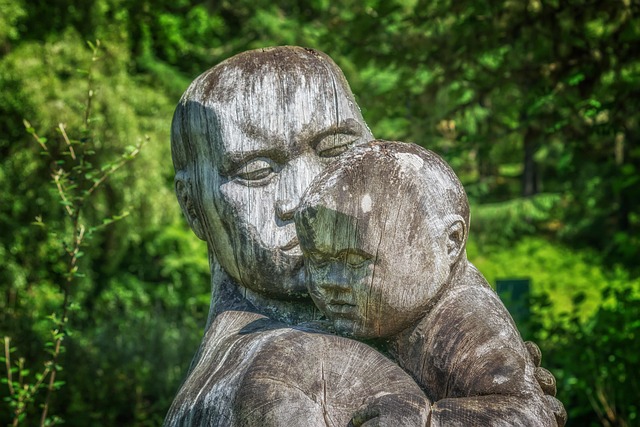In the vast realm of fine arts, interpretation stands at the crossroads of culture and expression. Each brushstroke, hue, and form encapsulates stories and sentiments that transcend the barriers of language and time. The art of interpretation in painting invites us to delve deeper into these visual narratives, urging us to probe beyond what is immediately apparent. What do these colors evoke? What messages lie hidden in the delicate play of light and shadow?
Throughout history, artists have sought to convey their cultural identities and emotional landscapes through their work. Every painting bears the weight of its creator’s environment—a reflection of the society, norms, and experiences that shaped its conception. When we engage with a painting, we aren’t merely witnessing a surface-level representation; we are embarking on a journey through cultural significance, where our personal interpretations intermingle with those of the artist. This is where the magic of art lies.
Consider the vibrant hues of a Mexican mural or the haunting imagery of a Renaissance masterpiece. Each piece invites its audience to engage with cultural narratives that may be unfamiliar but are riveting nonetheless. They act as windows into other worlds, bridging past and present, sparking discussions about identity, heritage, and the complexities of human experience. The emotional resonance of a painting often lives in its layered interpretation—how one individual perceives a piece can be vastly different from another, revealing the diversity of human thought and feeling.
The intricacies of interpretation in fine arts encourage an inclusive dialogue among spectators. As we stand before a canvas, it’s essential to acknowledge our biases and experiences that color our perception. Why do certain images provoke reactions of joy, sorrow, or anger? What histories are intertwined with the strokes of paint and the choice of colors? These questions challenge us to engage with the subject matter thoughtfully and critically.
As art enthusiasts ponder their interpretations, they weave their personal narratives into the fabric of the artwork. Societal or cultural influences may shape our perspectives, amplifying certain themes while muting others. This interplay makes the world of painting rich and complex, inviting a shared exploration that can lead to catharsis and understanding within communities.
In the contemporary art scene, the various styles and movements often reflect societal changes and cultural discourse. Street art, for example, serves as a vital commentary on current events and can incite powerful reactions; it thrives on its ability to be interpreted differently depending on one’s background. Likewise, abstract art leaves room for imaginative interpretation, challenging us to confront our own emotional responses to shape an understanding of the piece.
Moreover, the rise of technology has played a pivotal role in transforming the way we interpret art. Digital platforms facilitate global access to artworks from different cultures, enabling diverse audiences to share their interpretations and experiences. This collective dialogue can shift and expand our understanding of what art means, and how culture is represented within it. Online exhibitions, social media, and virtual art galleries have become modern-day salons where ideas flourish and interpretations converge.
Ultimately, the art of interpretation is a deeply personal and communal journey. Fine arts have the unparalleled ability to stir emotions and provoke thought, transcending the confines of ordinary communication. Each painting is a unique portal into a world of cultural significance, inviting us to explore the threads that bind humanity together amidst our myriad differences. Whether we find solace in familiar scenes or discover discomfort in challenging themes, there’s beauty in how we articulate our interpretations. This ongoing dialogue enriches the experience of art, fostering connections and promoting a deeper understanding of our shared existence.




